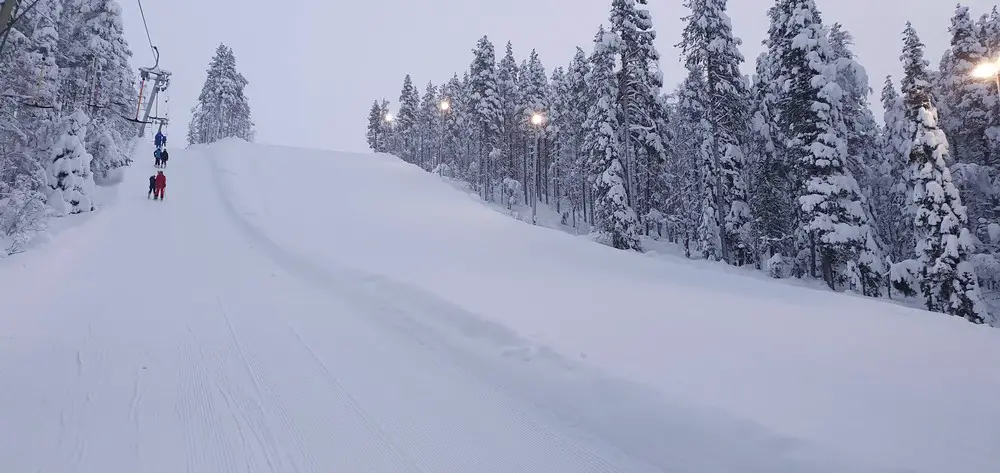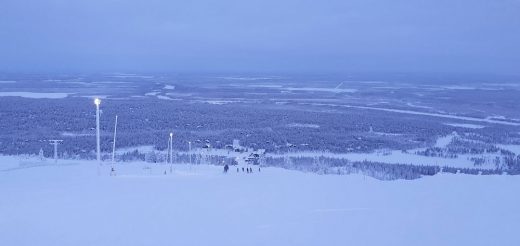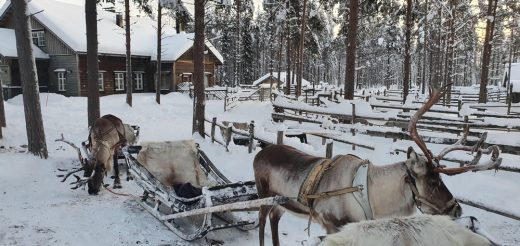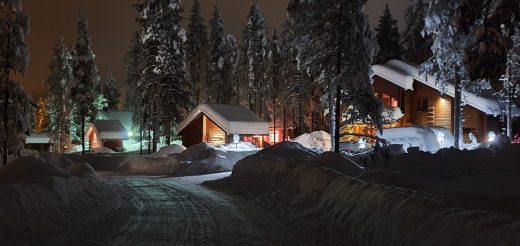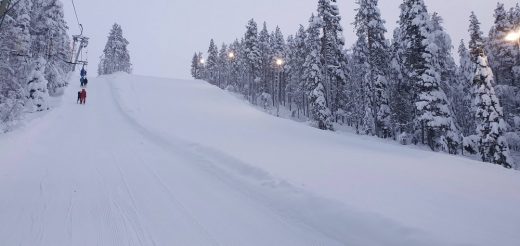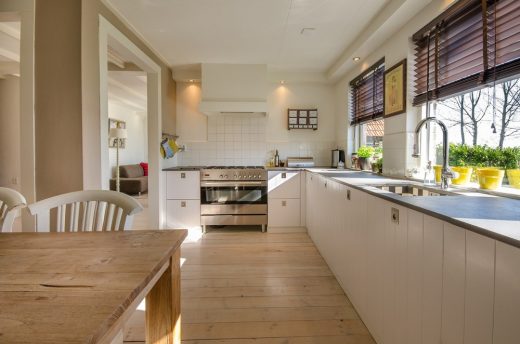Unique Architecture of Igloos Tips, Snow Blocks Building Advice, Domes
Unique Architecture of Igloos
8 June 2020
The Unique Architecture of Igloos
An igloo is a house made of snow. It is a sheltered construction, made from snow blocks and it generally look like a dome. They are perfect for extreme cold weather conditions. These unique buildings are mostly associated with the Inuit and Eskimo people from Alaska, Siberia, Canada, and Greenland. Traditionally, these houses were seen mostly in the Thule area of Greenland and the Central Arctic region of Canada.
Igloo Architecture
The Inuits also used hides and whalebone to construct these houses. The air pockets trapped in snow worked as an insulator, providing warmth, while outside, the temperature could sometimes be as low as −45 °C. The construction was perfect for the snowy and windy cold conditions. Once you ae inside the igloo, the temperature rose miraculously to anything between −7 and 16 °C. That is still cold, but much less than what you face outside.
Igloos in Scandinavia
These buildings are still very popular. You can see igloos not only in Greenland, Canada, Siberia, and Alaska, you will also find them throughout Scandinavia – in Sweden, Norway, and Finland.
The Sami people, the original residents of Finland’s Lapland, oddly never stayed in igloos, though the Arctic Circle, offers perfect condition for igloo making. They stay in different types of earth houses. However, you will still find igloos in Finland’s Lapland, inside the Arctic Circle. Most of them, though, are modern constructions that have the shape of traditional igloos. They are resorts, which are sometimes made of glass and come with luxury facilities and amenities.
You will find them at Kakslauttanen and Kittila in Finland, Jukkasjärvi in Sweden, Alta and Kirkenes in Norway, Grandvalira in Andorra, Quebec City in Canada, and in some other places.
Lapland Igloos
Lapland is the northernmost region of Finland. Sparsely populated, this vast stretch of wilderness stretches across Russia, Norway, Sweden, and Finland. You will find igloos here, most of them glass structures and luxury hotels. They deserve a special mention because of the stunning landscape. You can also see the stunning Aurora Borealis and the Northern Lights.
Visit Levi Finland in Lapland. There is a lot to see and do here. Levi Holidays will give you the opportunity to do reindeer safari, dog sledding, horseback riding, moonlight trekking, and ice fishing.
You can visit the village of Santa Claus and his post office and send a postcard back home from there. It is one of the best skiing areas of Europe as well. You can stay at one of the glasshouse igloos or in a Levi cabin. Visit this site to know more about Levi and Lapland.
Construction of Igloos
These houses are easy and quick to make for those who know how. They are very sturdy too that can last the entire season. All you will need to construct an igloo is a lot of snow and some simple tools.
The builder takes a deep snowdrift of compact, fine-grained snow, and cuts the snow into blocks using a snow knife. It is like a sword instrument, made originally of bone. But modern-day instruments are made of metal. The crevices and joints are then filled with loose snow. A clear piece of seal or ice is then inserted to make the window.
An experienced builder can come up with an igloo in about an hour. Others will usually need anything between 3 and 6 hours.
Interesting Facts About Igloos
- Construction – They are dome-shaped buildings, associated mostly with the Inuit hunter communities. Traditionally, they were temporary shelters constructed during their hunting trips. Usually, the igloos are made of snow, but they can be constructed with other materials too like stone, cement, or wood. When made of snow, the body heat of residents inside gets exacerbated, thus keeping the people warm.
- How long do igloos survive – This depends on the terrain. In Lapland, Finland, for example, which is inside the Arctic Circle, there is snow throughout the year. The freezing conditions ensure that the igloos survive for long.
Also, when residents occupy these buildings for a long time, it makes the internal temperature of these constructions to rise, which makes the snow melt. But it soon re-freezes, when the construction becomes unoccupied. This process of melting and refreezing turns the snow into ice, which will eventually make the structure stronger.
- Are there windows – Some traditional igloos even have windows so that the residents can have light. Good windows have the pelt of a caribou or a seal skin that is used as a curtain to prevent wind from getting in, when it gets strong. Other windows, which want only sunlight to come in, have just an ice block. It works as a pane of glass. Some igloos have an open window, especially those with a fire inside, so that the smoke can escape.
- Tools for making an igloo – Just two tools are required, technically, a snow spade and a saw. The Inuits, though, used tools that were made of bones.
- Size – Igloos usually can accommodate many people together, but traditionally, they were meant for only a single family. Igloos can be of any size, and sometimes, they are so small that only 1 or 2 people can live within them. At other times, they can accommodate larger groups. The largest igloo ever constructed is in Zermatt, Switzerland. It is 34 feet tall with an inside diameter of 42 feet. It has the biggest dome.
- Strength – A properly-made igloo can be very strong. An adult male can stand inside the building without making the structure collapse. In fact, they are so sturdy that igloos can withstand strong winds as you will see in a hurricane. The strength comes from the sturdiness of the snow bricks.
- Documentary on igloos – There are many films and documentaries on these unique buildings. To learn how to make an igloo, see the 1922 ‘Nanook of the North’ documentary. Directed by Robert Flaherty, this is a silent film, but it shows the process in great detail.
Comments on this Unique Architecture of Igloos article are welcome.
Residential Property Articles
Comments / photos for the Unique Architecture of Igloos page welcome

